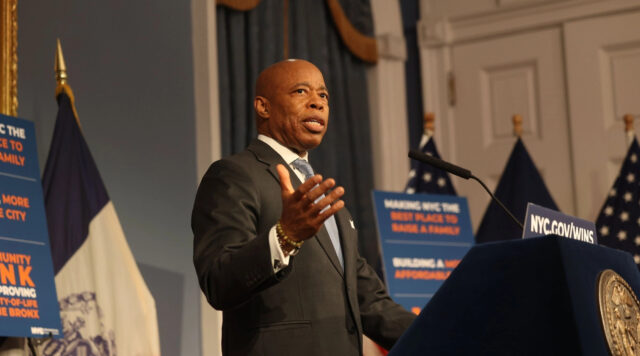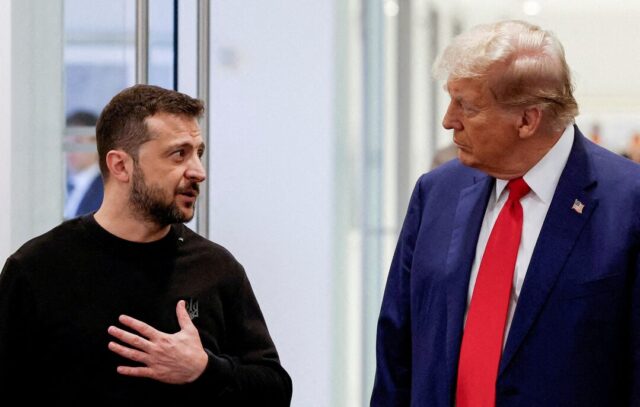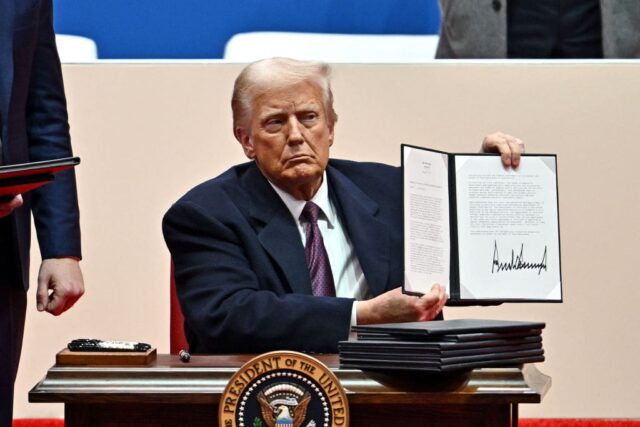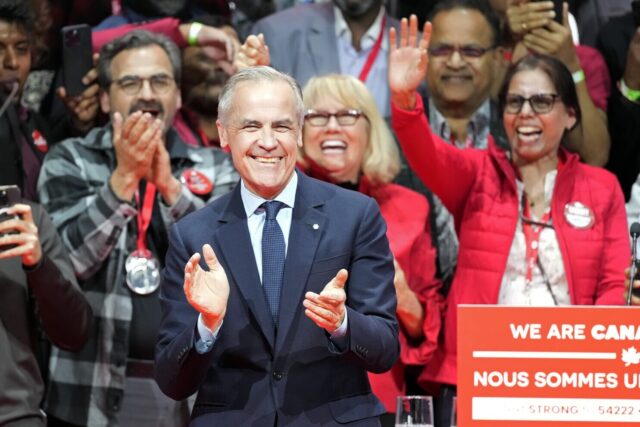Mayor Eric Adams Eyes Reelection with ‘EndAntiSemitism’ Ballot Line in 2025 NYC Race
New York City Mayor Eric Adams is taking a bold and unprecedented step in his bid for reelection — running on an independent ballot line named “EndAntiSemitism.” The move, reported by Politico, marks a strategic shift for Adams, who earlier this month announced his intent to seek reelection outside the Democratic Party.
The “EndAntiSemitism” line is part of a dual-ballot effort by the mayor’s campaign, which is also petitioning for a second independent line called “Safe&Affordable.” To appear on the general election ballot on November 4, Adams must collect 3,750 valid signatures from registered voters by May 27.
This approach underscores Adams’ desire to double down on one of his most loyal voter bases: the Orthodox Jewish communities in Brooklyn. These communities played a key role in Adams’ narrow victory in the 2021 Democratic mayoral primary and remain among his most consistent supporters. The decision also comes as former Governor Andrew Cuomo, a leading Democratic contender in the 2025 race, attempts to rebrand himself as a strong opponent of antisemitism — a move Adams appears intent on countering directly.
Cuomo, who resigned in 2021 following multiple allegations of sexual harassment, has been vigorously campaigning on the issue of antisemitism. In a recent speech at the West Side Institutional Synagogue, he labeled it “the most serious and most important issue” in both the mayoral race and the national political landscape. He also launched Never Again, NOW!, a political initiative focused on fighting antisemitism, and joined Israeli Prime Minister Benjamin Netanyahu’s legal team amid war crimes allegations — all efforts seemingly designed to gain traction with Jewish voters.
However, Cuomo’s past complicates his current messaging. His administration faced criticism from Haredi Orthodox Jews over COVID-era restrictions they felt targeted religious practices. He also courted controversy during a campaign stop in a Jewish neighborhood when he allegedly made an offensive remark about Sukkot — an allegation he has denied.
In contrast, Adams has maintained strong relationships with Jewish leaders since his time as Brooklyn borough president. As mayor, he has been vocal in condemning antisemitism and steadfast in his support of Israel, especially following the Hamas attacks on October 7, 2023. At a Hanukkah celebration last year, Adams even called himself a “modern-day Maccabee,” a nod to Jewish resilience and defiance.
Despite this, not all Jewish voters are embracing Adams’ or Cuomo’s positioning. Critics argue that the use of antisemitism as a campaign issue risks turning a deeply painful and personal issue into a political football.
“Jews in New York are tired of antisemitism being politicized,” said Phylisa Wisdom, executive director of the New York Jewish Agenda. “When they go to the polls, they should be informed about the varying positions that each candidate has, no matter who they are, beyond politicizing our very real pain.”
Still, the stakes are high. Polls show Cuomo leading the Democratic primary with over 38% of first-choice votes, followed by candidate Zohran Mamdani — a city council member who would be New York’s first Muslim mayor — at 16%. If Cuomo secures the Democratic nomination, Adams will need to outperform him in key neighborhoods during the general election. An independent line like “EndAntiSemitism” may give Adams a unique edge in communities that care deeply about the issue.
New York City allows candidates to appear on multiple ballot lines, with all votes counted toward their total. The city’s Board of Elections limits party names to 15 characters, explaining the lack of spacing in “EndAntiSemitism.”
As the 2025 race heats up, Adams’ ballot strategy will test the boundaries of identity politics, community loyalty, and the proper place of social issues in local elections. Whether voters will embrace or reject this framing remains to be seen — but one thing is clear: antisemitism will be front and center in New York’s next mayoral battle.























